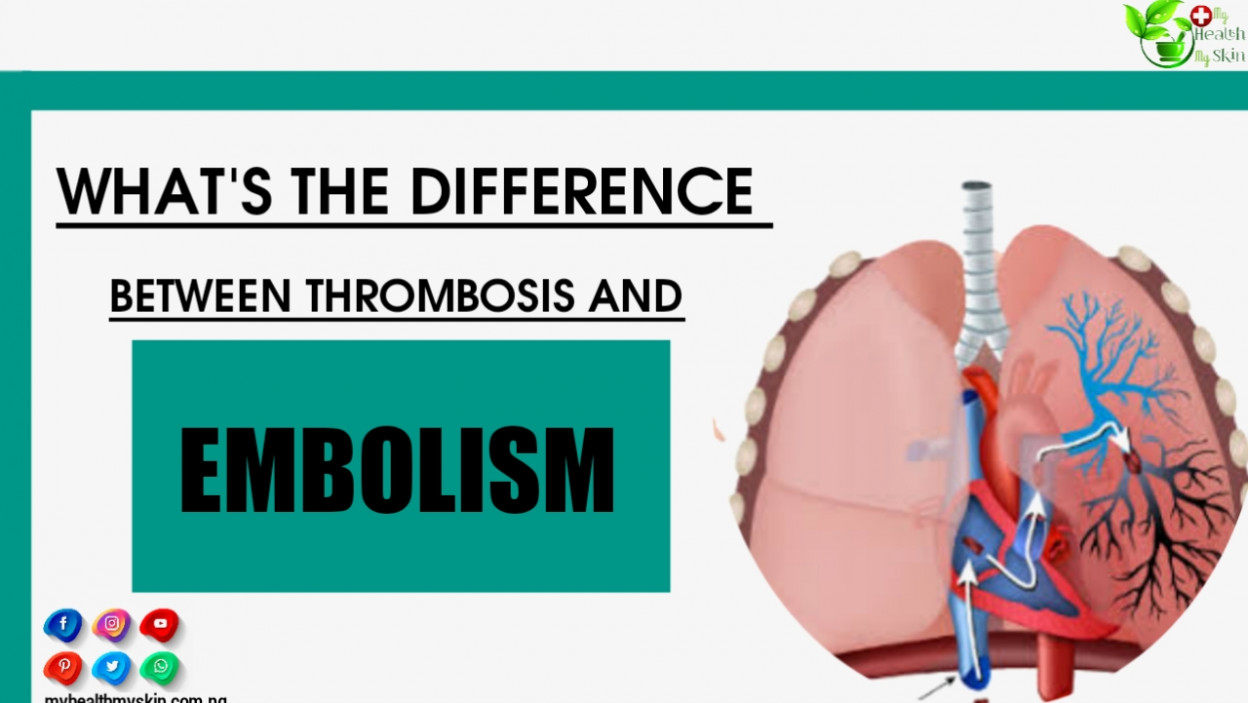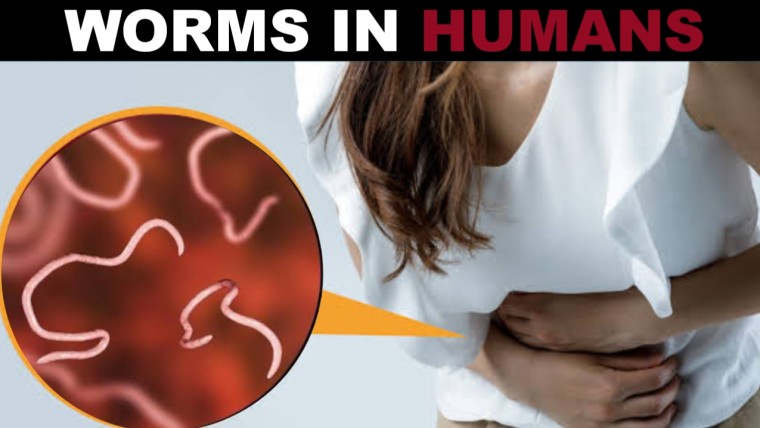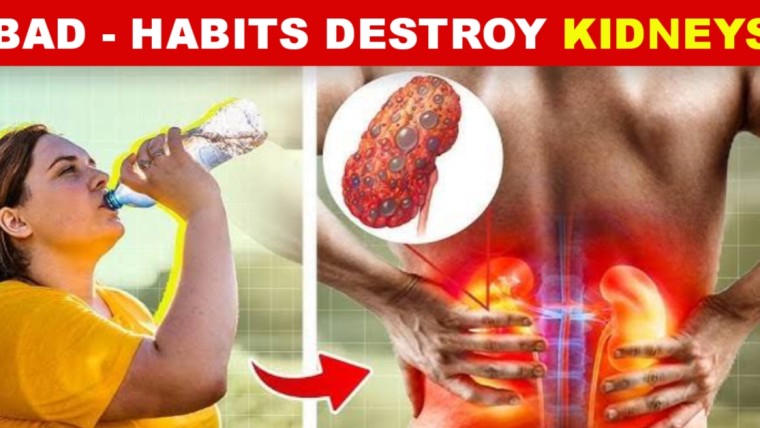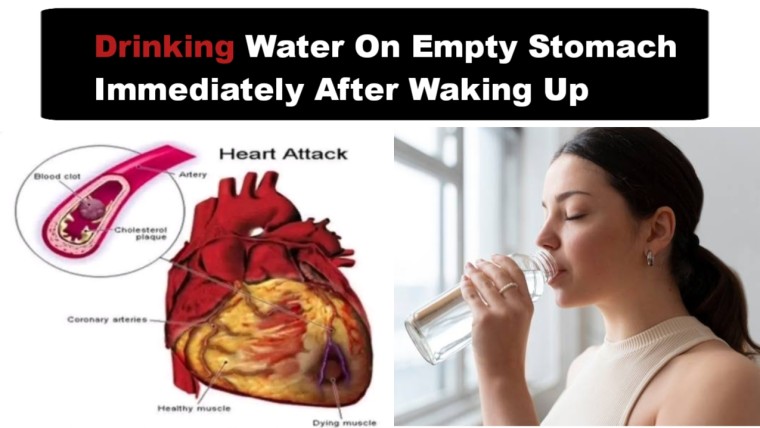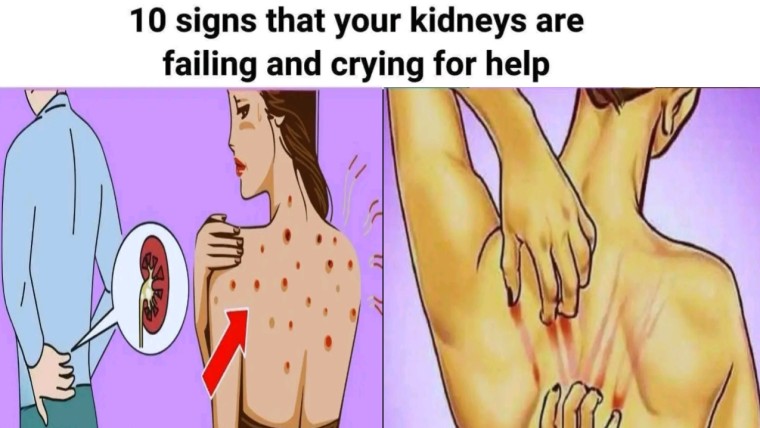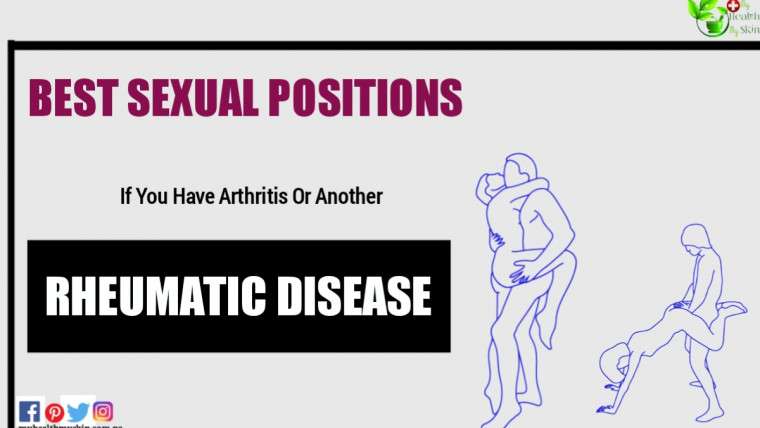Thrombosis and Embolism are conditions of the circulatory system that cause reduction or blockage of blood flow, so their definition, symptoms and consequences often overlap and make them confusing terms even for health professionals.
Next, we will see what exactly embolism and thrombosis consist of and what is the difference between thrombosis and embolism
[lwptoc]
What’s Blood Clot
It is a cell and a protein in your blood. Helps slow bleeding when a clot is injured. It usually melts as it heals. However, if it does not occur or does not occur, it can close or completely close the blood vessel.
What Problems Can It Cause?
Unexpected coagulation can lead to serious problems and even death. It can cause a heart attack or stroke in an artery. If it occurs in a vein, you may feel pain and swelling. Coagulation in the depths of your body is called deep vein thrombosis (DVT). One of your lungs is pulmonary embolism (PE).
Thrombosis
Thrombosis is the reduction of blood flow due to the formation of a clot inside a blood vessel. The thrombus grows attached to the vascular wall and as it grows, it reduces the flow of blood through the vessel.
The reduction in blood flow occurs at the site of thrombus formation.
The clot that produces thrombosis can form for very different reasons, but atherosclerosis is the most frequent.
Other causes are increased blood coagulation associated with various diseases and alterations of the blood vessels that trigger the coagulation cascade, for example breaks and fissures in the vascular wall.
Embolism
On the other hand, Embolism is the blockage of blood flow by any body, called an embolus, which moves until it finds a small caliber vessel and plugs it.
The obstruction does not happen in situ as in thrombosis, but at an interval. The embolus travels through the bloodstream until it finds a vessel that it cannot pass through.
Emboli can be of a diverse nature, including clots that break away from a thrombosis. That is, thrombosis reduces the flow of blood in a vessel, and if a fragment breaks off, it forms an embolus that can cause an embolism.
Embolisms can be caused by other types of material, not just blood clots, such as fat globules, air or gas bubbles, and any other type of foreign body that enters the bloodstream.
The blocked blood vessel may be a healthy vessel, unlike thrombosis that develops in damaged blood vessels.
Now, that you are well-versed on thrombosis and embolism, let’s begin learning about the difference between thrombosis and embolism.
Thrombosis Vs Embolism: What’s the Main Differences?
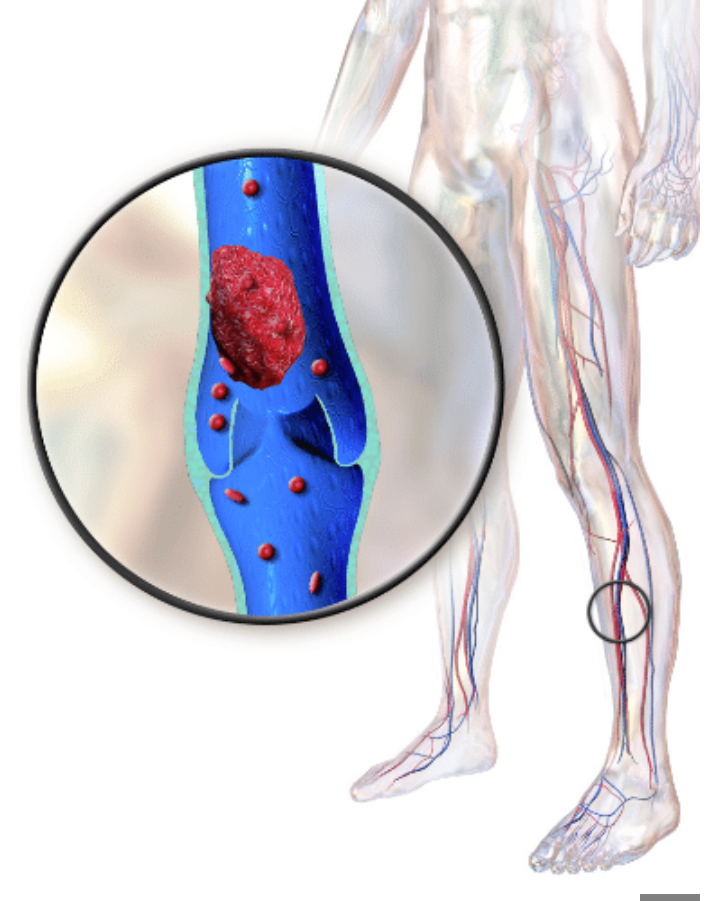
As mentioned, the key differences between an embolism and thrombosis are:
- Thrombosis is caused by a blood clot adhering to the altered vascular wall. Embolism from an embolus, which may be a clot or other material.
- Thrombosis occurs in situ, embolism occurs at a distance (the embolus travels through the bloodstream until it becomes clogged).
- Thrombosis affects an altered blood vessel, embolism can occur in a healthy blood vessel .
- Both reduce or block blood flow and can cause similar symptoms.
Common Symptoms
Embolism and thrombosis share many symptoms and the risk to health depends fundamentally on the blood vessels that are affected, their location and the degree of blockage of blood flow, being the deep veins of the lower extremities, large arteries, cerebral arteries, pulmonary blood vessels and coronary arteries that present a greater risk to the patient’s life.
Small thrombi and embolisms do not usually block the passage of blood significantly, to the point that approximately 50% of cases of deep vein thrombosis, one of the most dangerous, do not develop symptoms.
But larger obstructions can deprive healthy tissue of nutrients and oxygen, causing inflammation and eventually tissue death by necrosis.
Venous And Arterial Thrombosis
Veins are the blood vessels responsible for carrying blood back to the heart for recirculation.
When a main vein sees its flow reduced by thrombosis, the blood behind the obstruction accumulates and suffers extravasation, producing edema, swelling and inflammation
Though, venous thrombosis can appear anywhere but, deep vein thrombosis in the lower extremities is the most common. Thrombosis in superficial veins or in small veins does not usually generate major complications.
On the other hand, the arteries are the blood vessels that carry blood from the heart to the different organs and tissues.
Arterial thrombosis and embolism are frequently associated with atherosclerotic plaques that grow, reducing the lumen of the vessel and increasing the pressure on the vascular wall. If the pressure becomes enough, it can rupture the plate and become unstable.
In this situation, the immune system overreacts and begins the formation of a large clot that hinders blood flow and can become life-threatening by causing heart attacks and strokes.
You May Also Like:
- How To Treat Bartholinitis
- What’s Good for Heartburn: 5 Effective Home Remedies
- Gastritis: Definition, Symptoms, Diagnosis And Treatment
- Best Sexual Positions If You Have Arthritis Or Another Rheumatic Disease
- Thrombosis – Causes, Types And Treatment
Symptoms of arterial thrombosis that warn of this emergency situation usually involves chest pain that does not go away with treatment or medication and that can appear suddenly, nausea, loss of muscle strength sweating, shortness of breath and facial paralysis on one side.
Pulmonary Embolism
Pulmonary embolism occurs when an embolus blocks blood flow to the lungs and is frequently associated with deep vein thrombosis.
A fragment of the clot formed in the veins breaks off and travels through the bloodstream, passing through the heart, until it reaches the pulmonary arteries.
Pulmonary embolism can be very dangerous and develop very quickly : sudden death is the first symptom detected in about 25% of pulmonary embolisms.
The most common warning signs of a pulmonary embolism include shortness of breath, rapid breathing, increased heart rate, dizziness and lightheadedness, chest pain that worsens when you inhale, and coughing up blood.
If you want to read more articles similar to Thrombosis Vs Embolism: What’s The Main Between Difference Them? We recommend you visit our Physical & Mental Health category. Share on your social networks and stay tuned for upcoming articles.
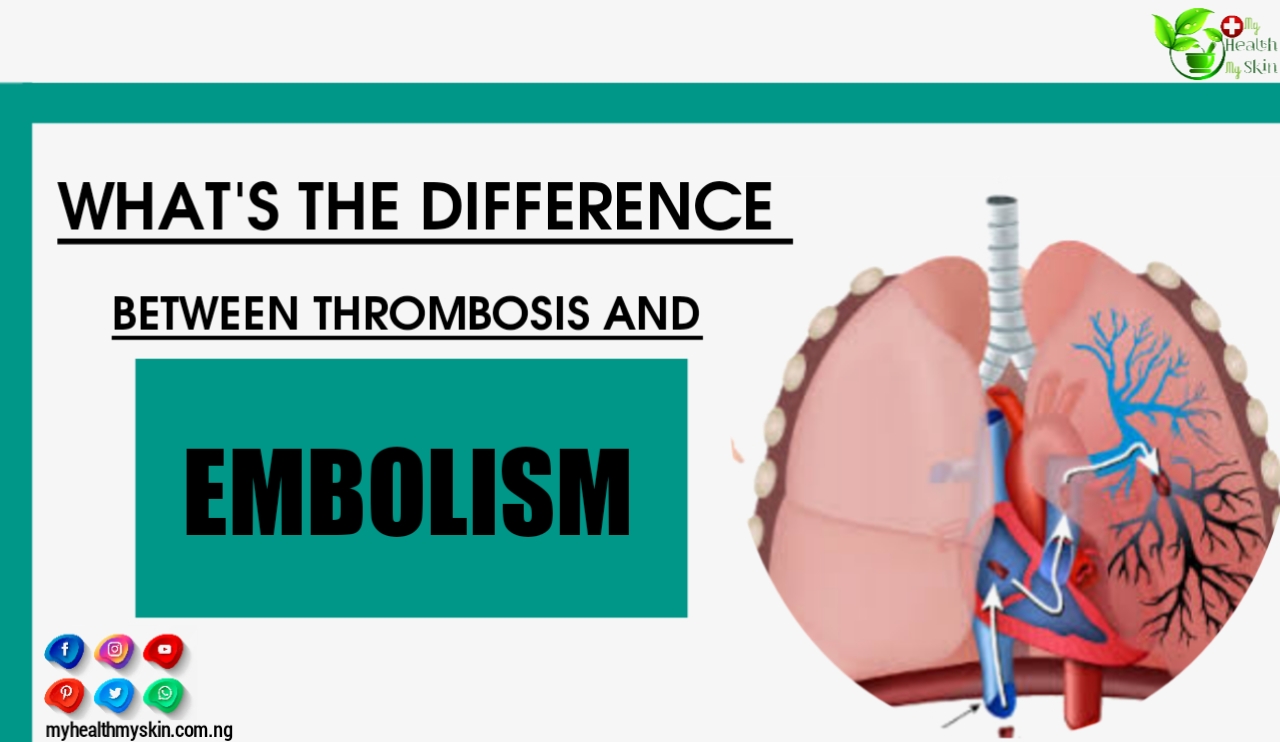
Have You Ever Had Complications Of Thrombosis Or Embolism? Comment Below!

